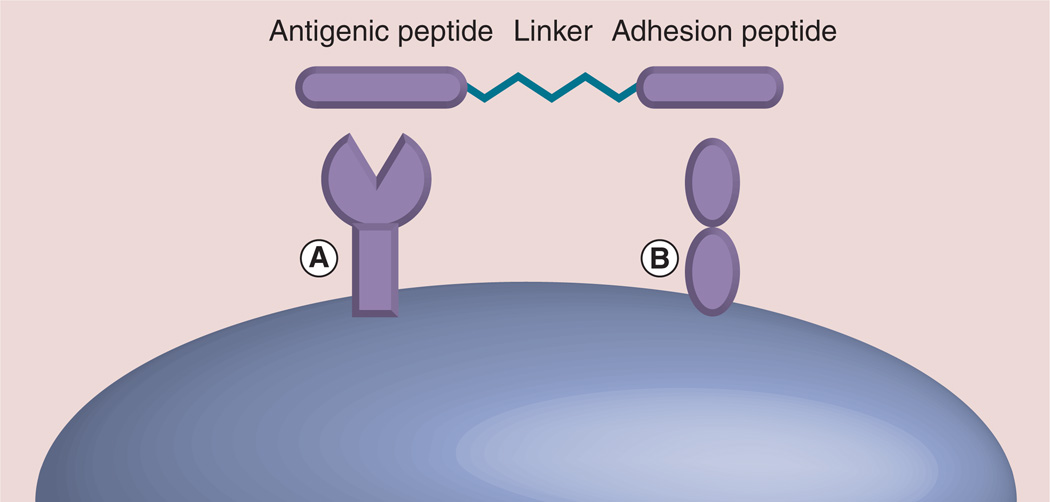Figure 5. Design concept of bifunctional peptides.
The peptide sequence that binds to molecule (A) can be antigenic, and the peptide sequence that binds to (B) is specific for a surface receptor protein or cell adhesion molecule that is involved in immunomodulation. The two peptide sequences can be linked by glycine linker or by amino caproic or hexanoic acid or polyethylene glycol linkers. Using this strategy, both the peptide sequences bind simultaneously to two receptors. These peptide sequences can be modified to peptidomimetics for enzymatic stability [60,65,70].

